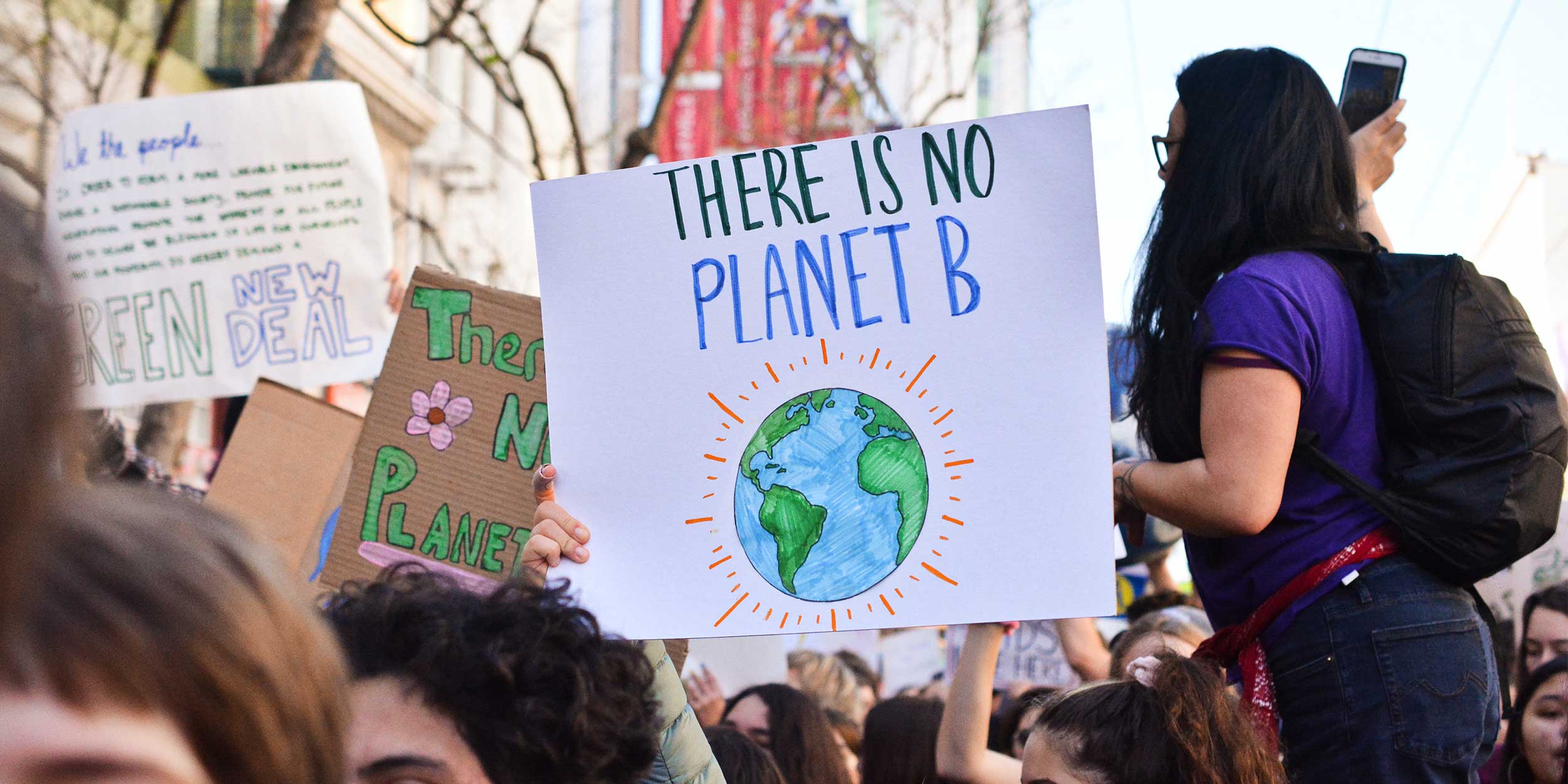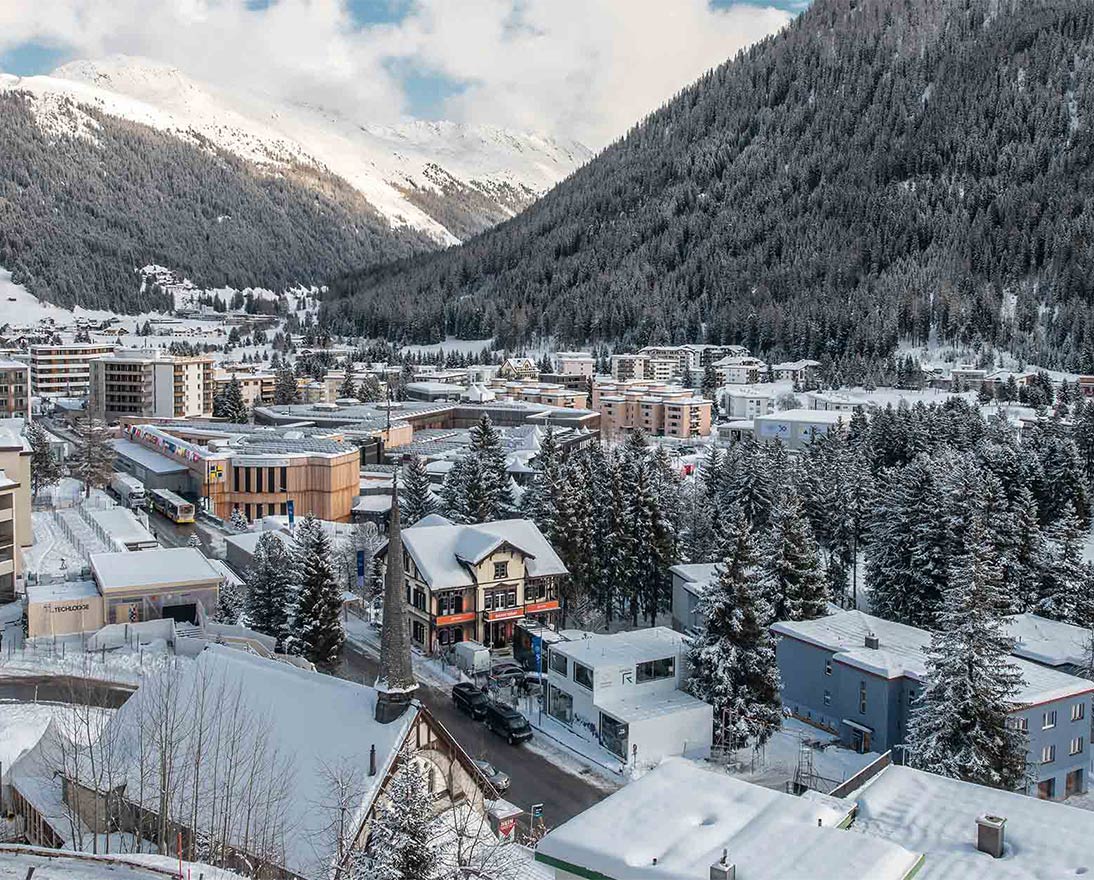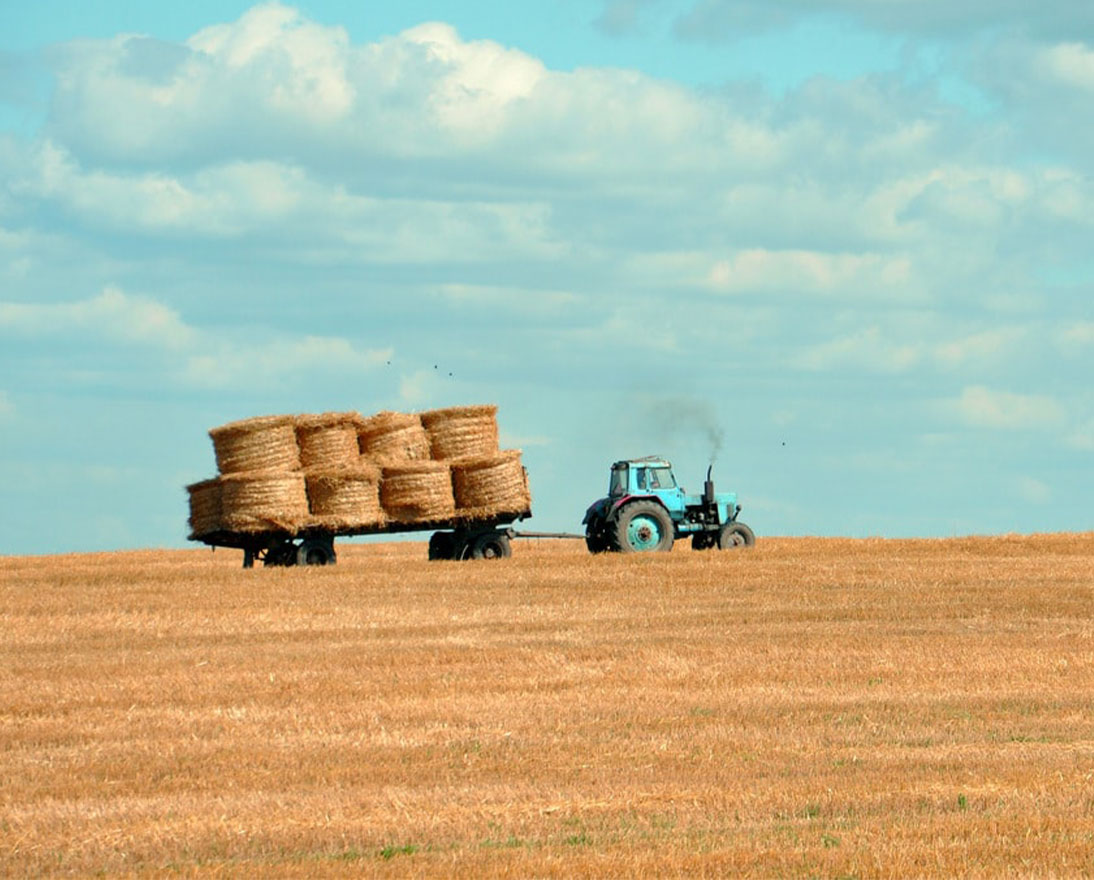What is COP15 and what did it achieve?
BiodiversityArticleDecember 28, 20226 min read
Good COP, bad COP? As the dust settles on COP15 and COP27, there’s a growing consensus that biodiversity loss and climate change remain two of the biggest threats to our planet. Why have these global summits aroused such hopes and fears? Here are six things you need to know.
COP events can feel like London buses. We had to wait two years between COP25 and COP26, which was held in Glasgow in November 2021. Then 12 months later two more arrived: COP15 and COP27.
So, what is COP15, what was achieved, and how does it differ from COP27?
Here are six things that you need to know about COP15:
1. What is COP15?
COP15 is shorthand for the 15th meeting of the Conference of the Parties to the UN Convention on Biological Diversity (CBD), a two-week summit that took place in Montreal, Canada, from December 7-19, 2022. It was the biggest biodiversity conference in a decade and countries struck a historic deal on protecting and restoring nature.
The CBD is a landmark international agreement that sets out how to safeguard plant and animal species and ensure natural resources are used sustainably. It was first agreed at the Earth Summit in Brazil in 1992 and has been ratified by 196 nations.
2. Why does biodiversity matter?
Biodiversity is vital to life on our planet. It is essentially the life support system for humanity. From our oceans to our forests, nature underpins the world’s food system; provides fresh water; sustains the quality of the air and soils; regulates the climate; provides pollination and pest control; absorbs carbon emissions and reduces the impact of natural hazards. But harm too many of these ecosystems and we risk endangering their ability to provide basic life support services.
And that is the problem. We are harming nature, and at an unprecedented rate. In fact, biodiversity is declining faster than at any time in human history, says the Intergovernmental Science-Policy Panel on Biodiversity and Ecosystem Services, with a million species facing extinction.
The agreement signed at COP15 will hopefully put an end to this destruction.
3. Where was COP15 held?
COP15 was meant to take place in the Chinese city of Kunming in October 2020, but it was delayed four times because of COVID-19. To maintain momentum, China officially opened COP15 in Kunming in October 2021, a largely online event.
Faced with ongoing COVID-19 restrictions in China, the CBD Secretariat announced in June that the main part of the meeting would take place in Montreal, Canada. China remained the official President of the meeting with Huang Runqiu, Minister of Ecology and Environment, leading the talks.
4. How does COP15 different to COP27?
Biodiversity COPs are separate from climate COPs. COP15 was concerned with biodiversity while COP27 – short for the 27th Conference of the Parties of the United Nations Framework Convention on Climate Change – focused on solving the issue of climate change.
COP27 was held in November in the Egyptian resort of Sharm el-Sheikh and produced a mixed set of results. This included a landmark deal to provide “loss and damage” funding that will see rich nations pay poorer countries for damage and economic losses caused by climate change. But critics say COP27 did not go far or fast enough on cutting greenhouse gas emissions.
Already attention is turning to the United Arab Emirates where COP28 will be held in Dubai during November 2023.
That said, there is growing consensus that biodiversity loss and climate change are two sides of the same coin.
It’s no coincidence that at the COP26 climate summit in Glasgow, world leaders signed a Pledge for Nature to reverse biodiversity loss and ecosystem degradation in part because it recognizes that biodiversity loss is exacerbating climate change “by debilitating nature’s ability to sequester or store carbon.”
COP27’s final agreement included a cover decision – known as the Sharm el-Sheikh Implementation Plan – that included, for the first time, dedicated sections on oceans, forests and agriculture. It shows a recognition of the link between protecting nature and climate change.
5. What was achieved at COP15?
At COP15, nations adopted the Kunming-Montreal Global Biodiversity Framework agreeing to conserve and manage at least 30 percent of the world’s lands, inland waters, coastal areas and oceans. With emphasis on areas of particular importance for biodiversity and ecosystem functioning and services. Currently only 17 percent and 10 percent of the world’s terrestrial and marine areas respectively are under protection.
There will be targets for protecting vital ecosystems such as rainforests, wetlands, grasslands and coral reefs, and the rights of indigenous peoples. The agreement also presented targets to reform USD 500 billon of environmentally damaging subsidies and agreed urgent actions to halt human-caused extinctions of species known to be under threat and to promote their recovery.
Meanwhile, target 15 of the Framework requires governments to ensure that large and transnational companies disclose “their risks, dependencies and impacts on biodiversity.” If implemented, this could significantly affect business practices with sustainable sourcing already becoming a key issue.
Alongside the nature targets, countries agreed to develop a financial mechanism for sharing the benefits from drug discoveries, vaccines and food products that come from?digital forms of biodiversity, known as digital sequence information.
6. What will happen after COP15?
COP15 has produced an ambitious final agreement. It is not legally binding, but governments will be tasked with showing their progress on meeting the targets with national biodiversity plans.
Achieving the targets could be a stretch if previous global efforts to tackle biodiversity loss are anything to go by. In 2002, the Parties to the Convention committed themselves “to achieve by 2010 a significant reduction of the current rate of biodiversity loss.” This failed to materialise. At COP10 in Nagoya, Japan, in 2010, governments agreed on ambitious global goals called the 20 Aichi Biodiversity Targets. None of these targets was fully met by the 2020 deadline and biodiversity has further declined over the past decade.



